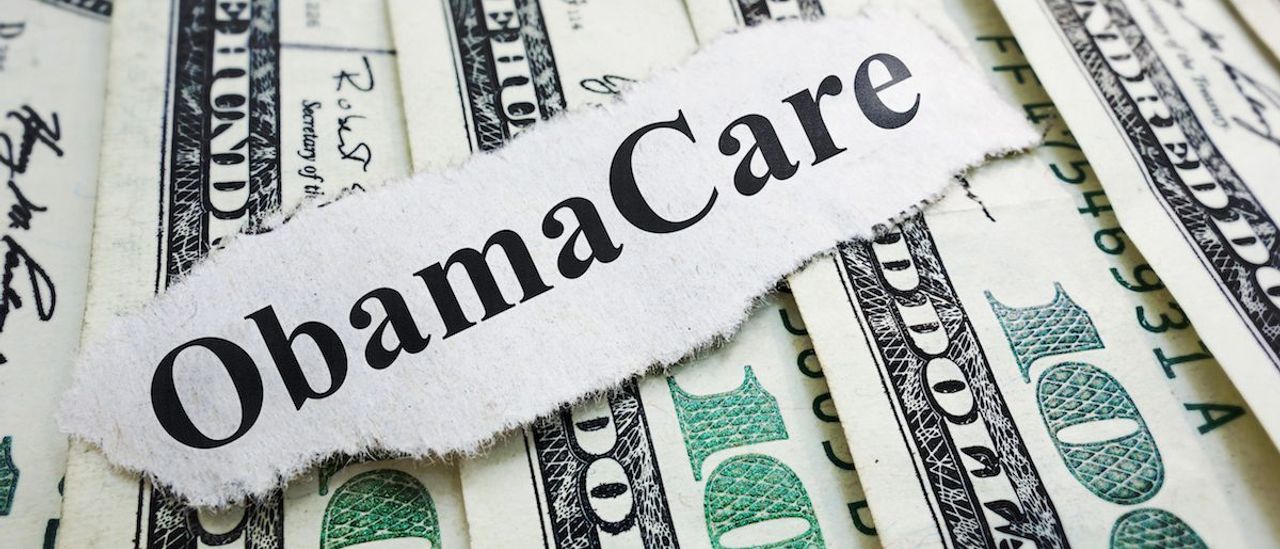By John C. Goodman
Originally posted on Forbes, September 2015
In every field of endeavor, change is brought about by entrepreneurs. These are the creators. The innovators. They rarely stop thinking. The only question is: What are they thinking about?
In a normal market, the entrepreneurs wake up every morning and ask themselves: How can I make costs lower, quality higher, and access to my product better today?
But in a bureaucratic system – where revenues are determined not by customer satisfaction, but by complicated payment formulas – they tend to wake up and ask: How can I get more money out of the payment formulas today?
In the Medicare Advantage program you can find both types of entrepreneurship.
Imagine that UnitedHealth care or Humana or Cigna discovered away to cut health care costs in half – with no reduction in quality or in access to care. The stock price of the company that made this discovery would go through the roof. Right? Not quite. Under rules imposed by the Obama administration, the company would be forced to give virtually all of its newfound profit back to Medicare.
Here’s why. Under the “Medical Loss Ratio” requirement, a health plan is required to spend at least 85 percent of its premium income on health care. Let’s say a health plan was doing that. After the discovery of a way to cut those costs in half, it would be spending only 42.5 percent of premium income on health care. Not only would the health plan be forced to give all of its savings back to Medicare, it could actually be fined and kicked out of the Medicare Advantage program for spending so little!
With those incentives in place, do you think any of the MA plans are going to be discovering ways to realize huge cost savings anytime soon?
Here is what the heath plans are doing instead. Increasingly, they are contracting with independent doctor associations, typically managed by entrepreneurs. There is no medical loss ratio rule governing these entities. If they find a way to cut health care costs in half they can take the savings right to the bank. Not only that, they can actually share the savings with the health plan that farmed out the business to them – and Medicare doesn’t get any of that.
In other words, if Cigna finds a way to cuts health care costs in half and does so, it has to give all the profit back to Medicare. But if Cigna contracts with a doctor association that cuts costs in half, nothing is returned to Medicare. Moreover, nothing is returned to Medicare even if the doctor’s group shares the profits 50/50 with Cigna.
Now with those incentives in place, where do you think entrepreneurs are finding ways to cut costs?
As I have reported previously, both at Forbes and at Health Affairs, independent doctor associations running Medicare Advantage plans are the only place in all of Medicare were you can find significant cost control, significant quality improvement, and better access to care. Everything else has been a failure.
- What about Accountable Care Organizations? Even Zeke Emanuel, the White House doctor and early cheerleader who helped give us ACOs, now admits they are not controlling costs.
- What about the millions of dollars that have been spent on pilot programs and demonstrations projects in an effort to find better ways of practicing medicine? Three separate Congressional Budget Office reports have concluded that none of this is working, or at least not working very well. (See here, here and here.)
- What about pay for performance, especially penalizing hospitals for their readmissions? Turns out that more than two-thirds of the improvement is the result of gaming the system – hospitals classifying return trips as “observation” stays and “emergency room visits” rather than “readmissions.”
I’ll write more about how providers game third-party payment formulas in a future column.
This article was originally posted at Forbes on September 8, 2015.

0 Comments